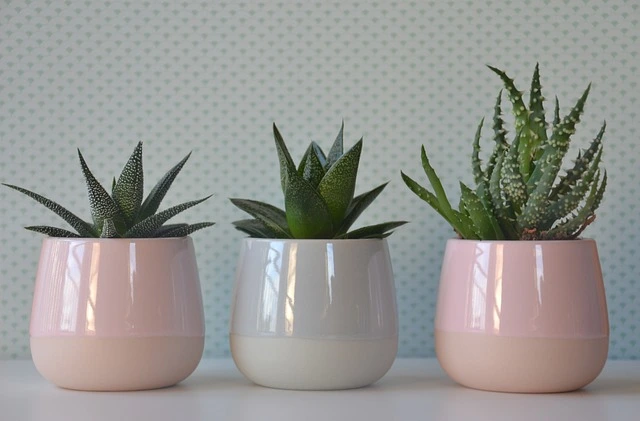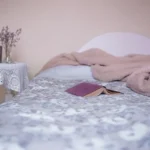The decoration of Best Houseplants for Low Light Areas is often improved with the addition of any decorations. And no one would ever argue the fact that plants are living creations. Which help to complement and best houseplants for low light areas however, this is not true with every house and office since a portion of them might not be getting enough sun.

Yet it is also worth noting, Best Houseplants for Low Light Areas doesn’t mean no light.
Now it is this time when knowledge of best indoor plants for low light will evidence to be of great value. This shows that even the dullest corners can transform into stunning spaces with the right selection of plants. The article will be presenting the best low light houseplants, that is, the plants which can exist in the least illuminated areas of a home or the workplace and with very minimal care.
Even those who have never planted a seed in their lives can appreciate the beauty of plants that thrive indoors in low light. They can see why these conditions are ideal for cultivating healthier plants, as the right species thrive even in dim environments, bringing vibrancy to any space
To What Standard Are Low-Light Houseplants with That Where and What Plants Can
Also, as if it were compulsory to add, not all the plants can under indirect or low light.The autotrophic flora is those attaching the power of the sun, being able to live most of their life span relying on photosynthesis.
Plant That Would Be Most Effective at Decreasing Light Levels
Most of these plants do not simply survive in small light, but do so in partial sunlight, hence the period:
Scot trophic Growth
Most plant species that grow in weakened light and are relatively slow-developing usually have low nutrient requirements.
Lipotropic Leaves
Base yourself, we do feel that many of you are ready to see some houseplants that would hardly want any sunlight and yet grow attractively. A little fortunate were some plants because they had broader leaves available to enthrall more light, and these plants were in low light circumstances.
Hardiness to Fixtures:
Plants that need little in the way of light or minor changes (those decorations are best for those areas.
Houseplants that don’t need much light
Snake Plant
The snake plant: it is almost impossible to miss this at the florist; it looks like a snake with its leaves protruding like blades of grass.This plant is the favorite of households as it simply lives in normal lighting conditions and additionally drinks quite less water.
There are also unseen advantages to homes: They filter the air inside and are quite nice to place in the bedroom.
Yes, it can grow in weak light, but it prefers indirect sunlight to a southern exposure.
Yes, most surely, avoid watering too much as the plant is prone to wilting.
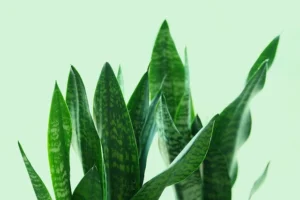
ZZ Plant
This plant is beneficial where moderate light is present. Used in such places where maintenance is not an importance and plants only need modest irrigation, it also can go without water for a long time.
How long should it take to water a once in a blue moon occurrence, a PP can go too great lengths to grow.
Plants only require complementing fertilizer just once each year during the time of growth.
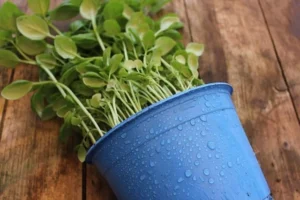
Pathos Indoors – Epipremnum Aurum Pathos
Hanging is perfect for pathos because it is a vine that doesn’t need much light to grow. Additionally, the plant’s popularity grows thanks to its heart-shaped leaves that emerge from its hanging vines. Creating it suitable for hanging planters or for the shelf.
Zones with low light We may even go as strong to say pathos can be placed in your areas with hardly any natural light
That is quite normal for example artificial light to work, or even for living in room or apartment where sunlight is very rare is not a problem for its growth at all.
Care Tips:
Give it a drink only when the soil has thoroughly dried.
Traditional dormant vines typically need some trimming before the denser and thicker will grow later.
Provide place in the shade or where there are very few lights.
Spider Plant for indoor plants
Chlorophyte Como sum The silver, green and white striped leaves of the spider plant are gracefully long and arched so please — as I said earlier, careful.
Spider plant ranks among the best types of house plants which need the minimal amount of light among most other kinds of plants as they are able to bear such circumstances.
When it comes to air purification, spider plants are rather paramount because in most cases. They are able to subdue formaldehyde and carbon monoxide from the air.
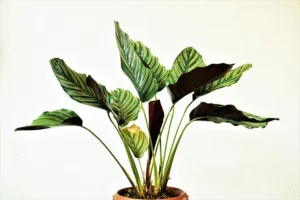
Care Tips
Water the plant reasonably, allowing the soil to dry out before watering again. It can thrive in bright shade as well. The plant has the optionBut it will also cope where there is, not too strong light, quite so. Such small spiders once every one to two year’s resettlement creates the need to repot them. Once they increase so as to keep up with the size of their present pots.
Care Tips:
It is able to be kept in low mild and normal warmth or cold.
Do not give high light, because it will be on the leaves_stress_ so that later part of leaf parts_rom_part atheist_defect.
Peace Lily
It not only thrives well in shady areas, but also helps in purifying the indoor air of dust and smoke. Since peace lilies cannot be exposed to direct sunlight. They are ideal for the bathroom or the dark corner of a room.
Philodendron
Philodendrons are well – known to be low-light plants. Characterised by their heart-shaped leaves which are also commonly known as they grow even in low light.
One notable point about this type of a plant is that they are usually low care and so are suitable for beginners in gardening. The most people are nicking gardening anyway. Planter type ranges from trailing to upright type of planter which type of Planting specifies.
Care Tips:
Water when its oil has been dried.
Indirect or low light would work best. Growth should be controlled by regular pruning or cutting back. Dracaena has longer and thinner leaves with a more upright growth and many species. Dracaena plants are well suitable for use at points in the house. And darker lighting such as the places of rooms or small dark corridors or ways. Additionally, the plant supports clean the air as it absorbs substances like benzene and formaldehyde.
Care Tips
Be careful and don’t apply too much water, this plant is susceptible to root rot.
These plants endure neglect but it is desirable to afford proper lighting for each plant to realize its growth potential.
Included in these species or other similar species that are grown under low environments. The following and general how to tips in order for all of them to allow the low light plants survive:
Watering Indoors
Tulpifolia watering houses have the same dilemma as the previously mentioned scenarios. Because the people just ignore the fact that they can do something about ‘forgetting to water’ the plants as an excuse to avoid drowning them. In addition, since the light sensitive plants do not grow so fast under low light conditions. It’s important to avoid overly saturating the soil to prevent root rot in the basin.
The author recommends adding a houseplant fertilizer actively when plants are growing. This is in spring and summer but does not fertilize in fall and winter or decreases the feeding to the plants.
Care of leaves
Many believe that the most of chore got hidden under this cleaning issue. And most plants require little care. There are sure to be dirty leaves on your house plants, with some even having dirt right on the top.It can be potentially limiting light penetrating to the leaf and consequently affecting the photosynthesis process. If not done routinely, dusting leaves by wiping wet cloth on the leaves should be a routine.
The Repotting of plants
From time to time the slow growth of these low-light plants can indicate that it is necessary to repotting. Low light plants would become too big for their endorsed pot sizes over potting. In order to allow a plant enough rising space for its roots to grow.
